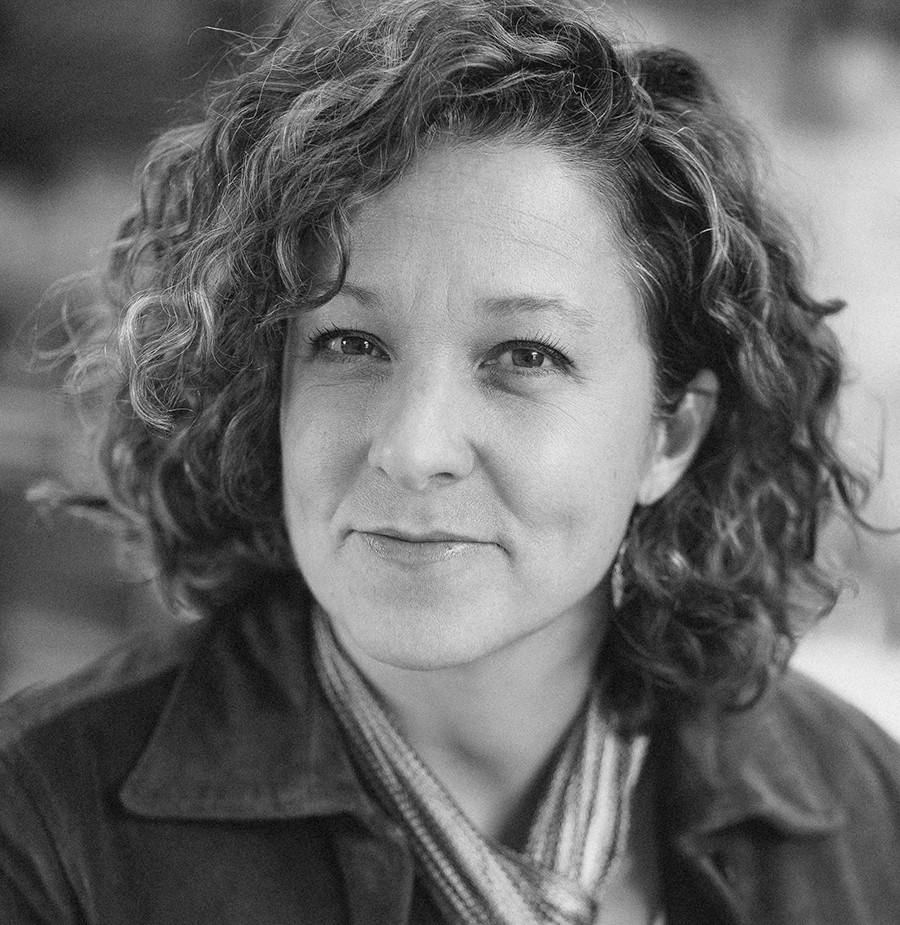We’re excited to introduce you to the always interesting and insightful JJ Galloway. We hope you’ll enjoy our conversation with JJ below.
JJ, thanks for joining us, excited to have you contributing your stories and insights. One of the things we most admire about small businesses is their ability to diverge from the corporate/industry standard. Is there something that you or your brand do that differs from the industry standard? We’d love to hear about it as well as any stories you might have that illustrate how or why this difference matters.
One of the best and hardest things about the art business world is there is no industry standard. The job descriptions of those in the industry are all elastic. You have to be comfortable with making your own path and working with a dynamic business plan. I began my virtual gallery as an art agent representing other artists just before COVID lock down. Everything I’ve read and learned in the business before COVID is now completely different. The role for virtual only galleries might not have even been a “thing” before the lock down. Now it’s pretty common. I only show art in person at art fairs around the world. In my business, I’ve decided to take the funds that I might have spent on rent for a brick and mortar and instead use those funds at fairs where I know I’m going to get thousands of collectors coming to the show. It’s a more targeted approach to reaching collectors. There ‘s still a place for standard art galleries, though I’m seeing more artists move away from the gallery contract and into working with agents. There’s more flexibility for the artists and their contracts agreements when they work with an agent.
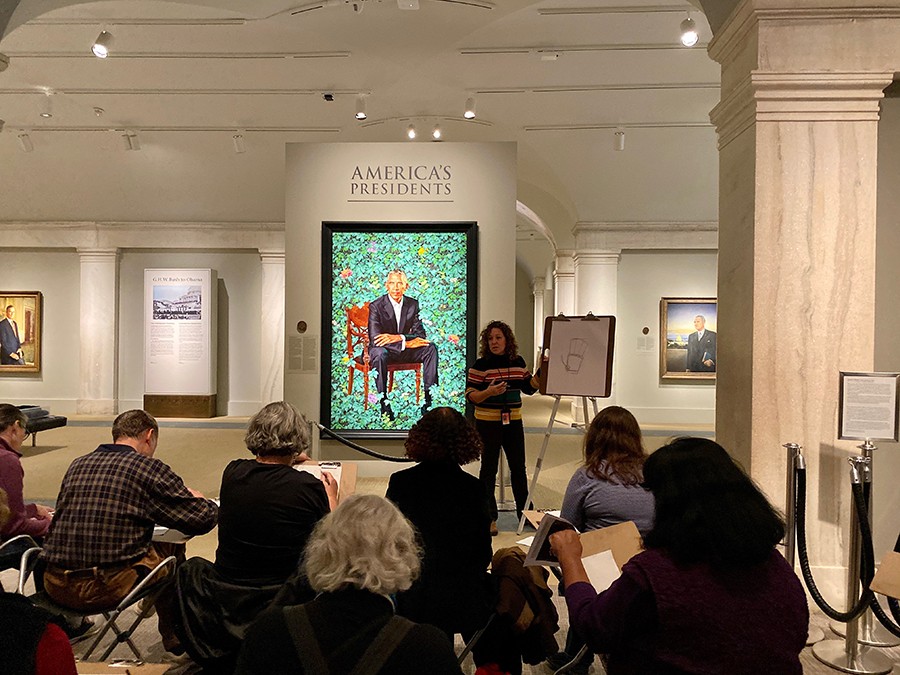
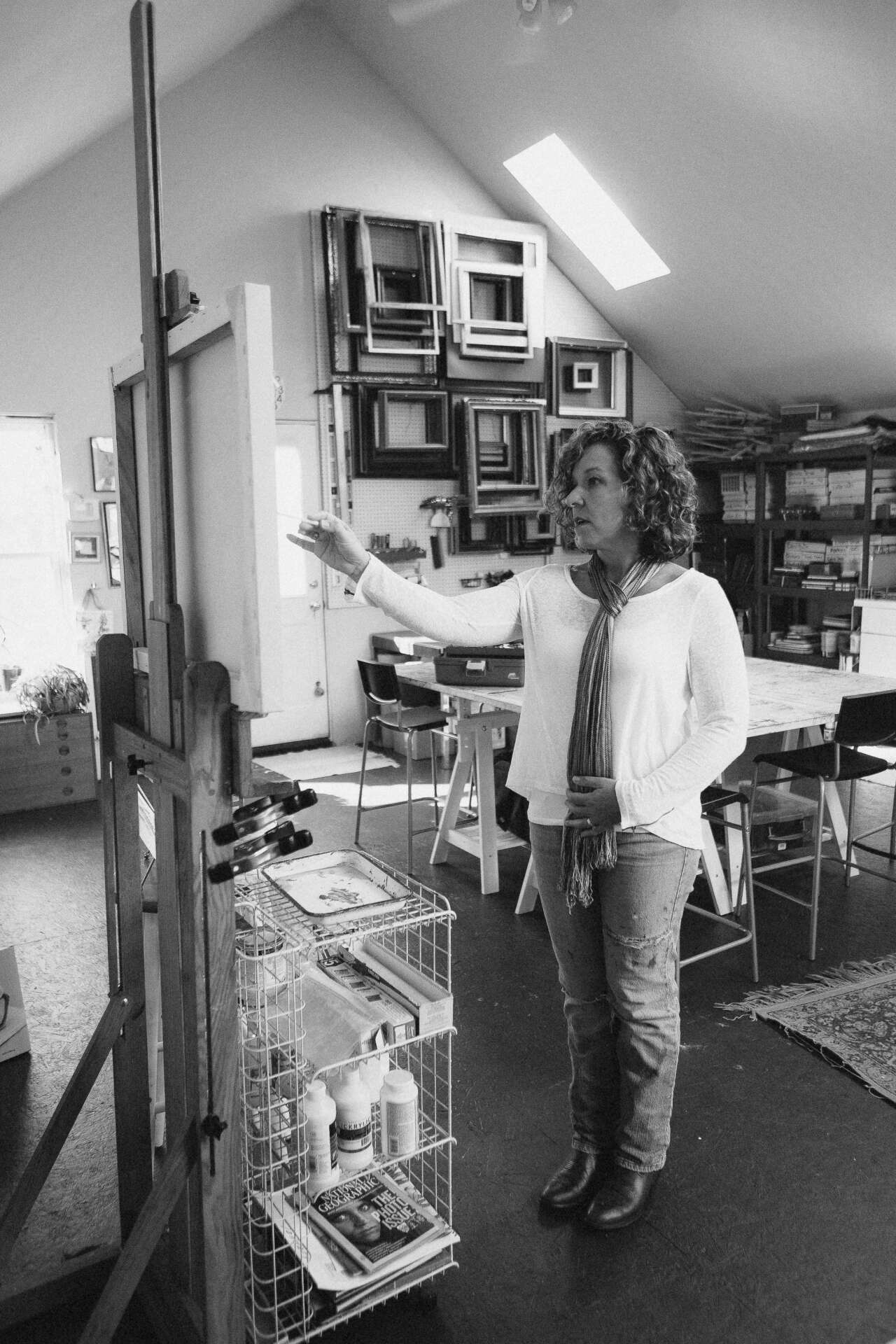
JJ, love having you share your insights with us. Before we ask you more questions, maybe you can take a moment to introduce yourself to our readers who might have missed our earlier conversations?
I graduated from college with a dual degree: Fine Art and Marketing/Communications. I spent the first 10 years after graduation in the public relations, branding and marketing world. I began in a job as a local tv news reporter and finished as the PR Manager of the National Aquarium in Baltimore. Once I had my first child in 2000, I began working on my art business. It was a slow process as all mother artists know. For years I showed just my work and built my portfolio as an independent artist. . But I found I wasn’t satisfied and wanted to use my business background to do something bigger. I quickly found that talent is just one small part of running a successful art business. If you don’t know how to sell your work, you’re going to need someone to do it for you. Because I have been in their shoes, I know the creative investment my artists make and the hurdles they face. I like to be completely transparent with my artists about the business from my end to establish trust. There’s a lot of risk involved in doing art fairs as your main source for sales and it’s important for everyone to understand that risk. I think over the years, the business side of art hasn’t always been fair to artists and that’s created a level of distrust. Transparency would nips that..
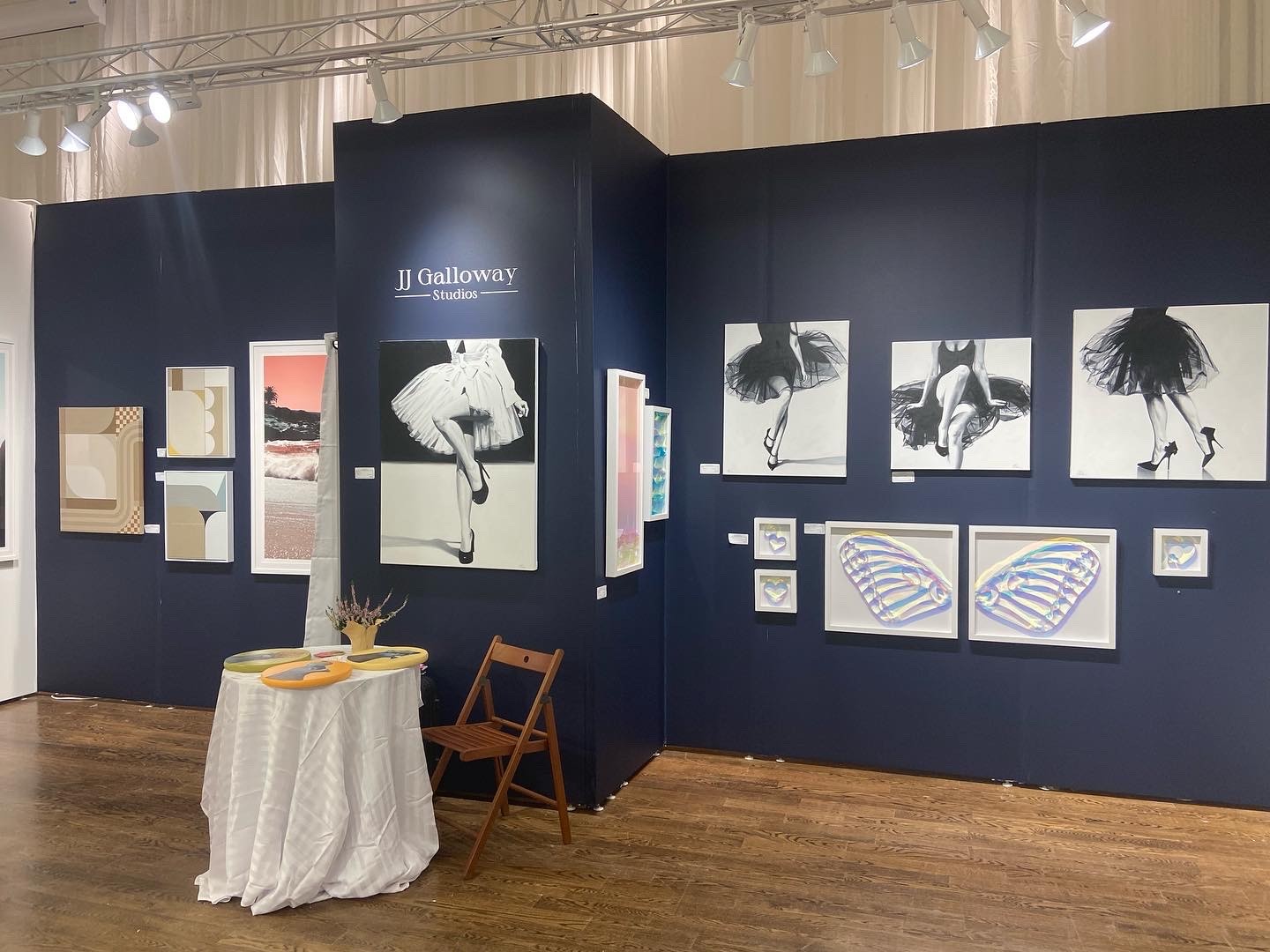
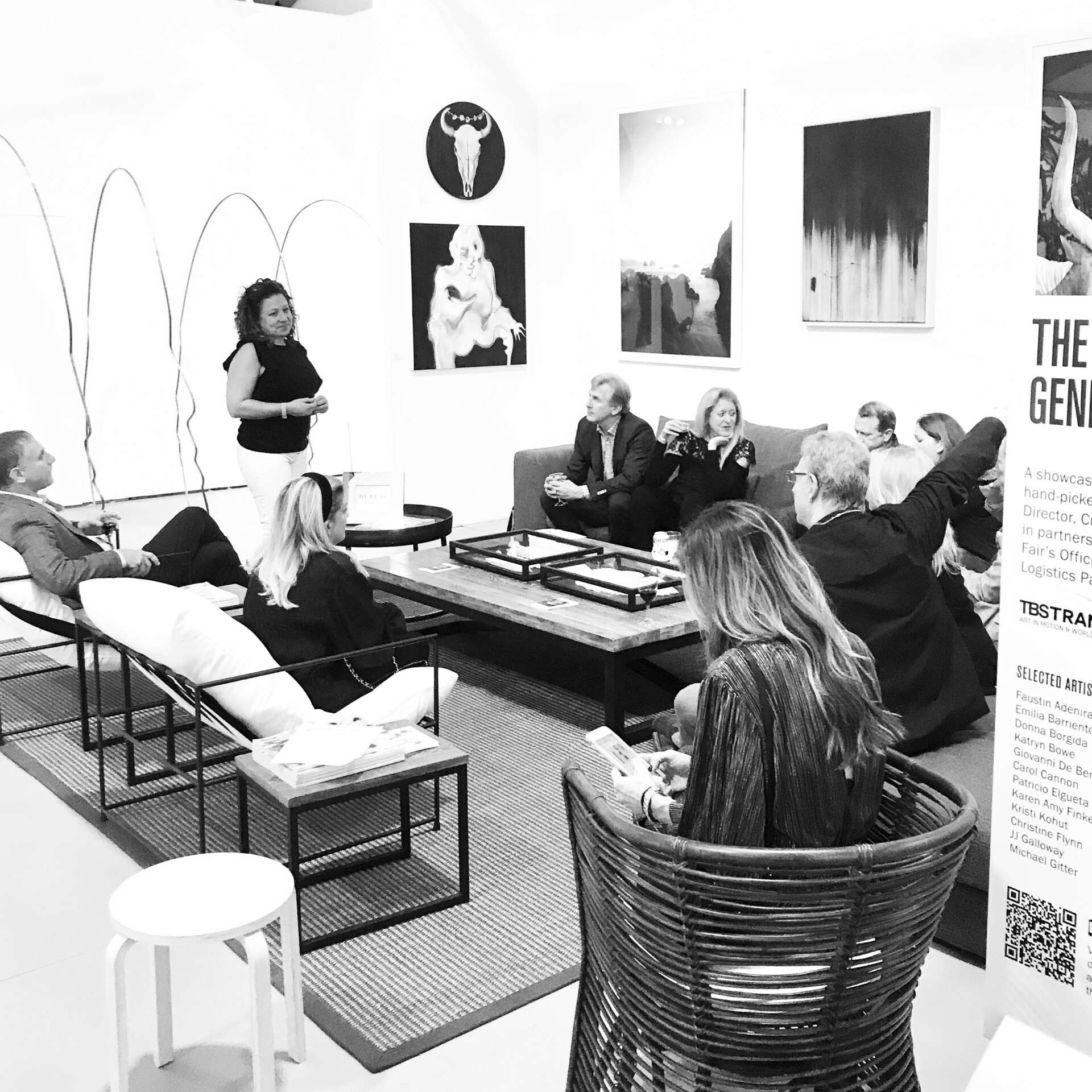
We’d love to hear a story of resilience from your journey.
The art world can be fluky. There are so many variables that can disrupt sales trends and there’s nothing we can do about it. The economy, politics, etc. Our job as galleries, agents, and art representatives is to share in or minimize the risks to artists. That’s a two way street though. When the gallery does well, we all do well. When we lose, the gallery takes the brunt of the loss. I’ve been lucky in that I’ve really have had mostly successful shows….until early this year. I had my first complete failure at a fair. I lost a ton of money and even more took a huge hit to my confidence and resilience. My artists didn’t make any money at that show but they didn’t lose any either. I still had to have hard conversations with each of them though as they were hoping for big sales and were disappointed (which just added to my gut punch). Personally, I had to shift gears and find a way to recover the loss. I gave myself a few weeks to be disappointed, then picked myself up and moved on. I’ve seen galleries have bad shows. It happens to all of us at least once, but now I can relate and be empathetic.
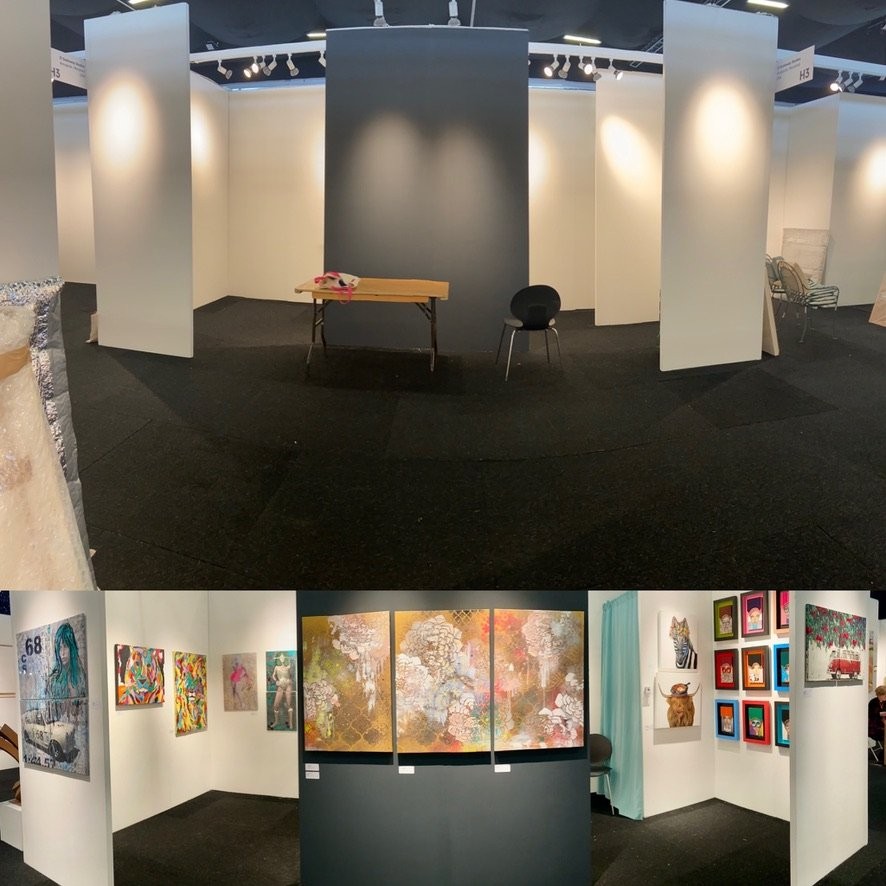
We often hear about learning lessons – but just as important is unlearning lessons. Have you ever had to unlearn a lesson?
One of the hardest things about my business is I’m alone in it. I find there are times when I’m trying to make a decision I could really use a second option or just some perspective to make sure I’m making good choices. To counter this, I make myself sit down each year and write down 3-5 goals. Three achievable and two blue sky goals. Every quarter I revisit those goals and adjust them if needed. This keeps me from getting so focused with blinders up I don’t even notice I’m making bad choices just to achieve a no longer relevant goal. Every decision I make should be toward achieving those goals and keeps me moving forward.
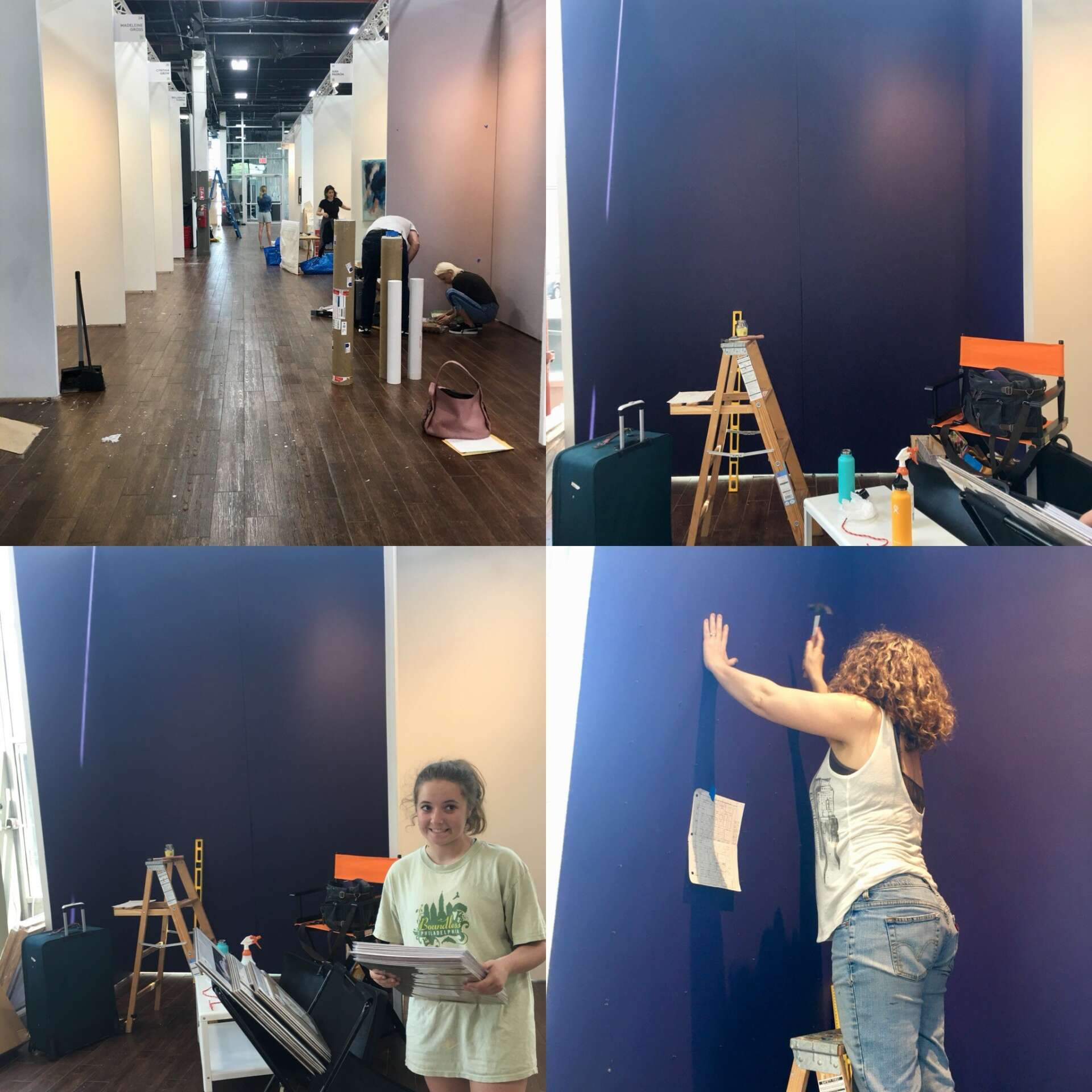
Contact Info:
- Website: Www.jjgallowaystudios.com
- Instagram: @jjgallowaystudios
- Facebook: https://www.facebook.com/jj.galloway.art
- Linkedin: JJ Galloway
- Twitter: @jjgallowayart
Image Credits
All the images were taken by me. There are two shots of me giving lectures, one for the Smithsonian’s National Portrait Gallery where I’ve been on contract for 15 years to teach and give lectures about the portraiture process. And the other I’m talking at the PULSE Art Fair in Miami (2019) to a group of collectors. The rest of of booths from shows.


